Centers in Secondary School? Yes!
Elementary teachers use all kinds of creative teaching techniques to keep their students motivated and engaged. But in secondary school, we tend to shy away from them — maybe because we think they’re too babyish or too time-consuming? Whatever the reason, when teachers avoid using techniques that change things up and make learning fun, their students lose out.
One of these techniques is centers – they’re used most often in the elementary grades, yet there are so many good reasons to be using them in secondary school:
- They foster independence.
- Students are engaged.
- Lessons are learned through exploration and experience rather than listening to lectures (the average student can only focus on a lecture for 10 to 15 minutes before their minds drift)
- Less resources and materials are needed (you only need a set of materials for 4 or 5 kids at a time instead of 20).
- For some reason, students tend to produce higher-quality products when they work in centers rather than when they do whole-class assignments.
- The teacher is free to spend time working with groups and/or individual students.
Teachers also worry that centers aren’t appropriate for secondary level students since they have standards to cover and the activities have to be at a higher thinking level. But centers can be done at any level at all. Below I’ll give examples of centers in a 10th grade Science class, and an 8th grade Language Arts class.
Dos and Don’ts (well, just dos, actually) for successful centers at all grade levels:
- Do make sure that centers use different styles of learning – have students watch and analyze a video, do an experiment, create something artistic, fill in a graphic organizer, read and write, role play, write a song, etc.
- Do make sure that all instructions are clearly written and that all materials are provided.
- Do make sure centers are open-ended so that stronger students can take the activity further.
- Do create centers that will all take about the same amount of time to finish.
Examples of Centers
8th — Language Arts
In her fairy tale unit, Omaura, our 8th grade Language Arts teacher, has her students study a variety of Cinderella stories from around the world. By comparing and contrasting these stories, students get to appreciate different cultures and explore a wider view of the world.
Omaura begins the unit by reading two stories — the traditional, fairy tale Cinderella and the Native American Cinderella story, The Rough-Face Girl. Then the class uses a Venn diagram to compare the stories.
Afterwards, the class is split into five groups and each group studies a different Cinderella story by working through centers. Omaura often uses centers to teach and always presents the materials in a creative way. No matter how old students are, they love to open their envelopes, chests, or tubes to find the materials and instructions they need.
To begin the unit, students move through five centers. Each group of students studies a different version of Cinderella, which will be either The Egyptian Cinderella, Naya, The Golden Slipper, The Irish Cinderlad, or Smoky Mountain Rose, and they move from center to center with their version. Below are Omaura’s instructions for the students at each center:
Complete the story map for your version of the Cinderella story. Then draw a Venn diagram and identify similarities and differences between the stories.
(The story map shown is for the traditional Cinderella, but each group will prepare it for the story they’re studying).
CENTER 2: LOCATION
Pinpoint the place of origin of your version of the Cinderella story. Identify it on the map that’s on the classroom wall. Media Center Visit: Investigate the culture of the country you story comes from and be ready to share fun facts. Prepare a flyer to share what you’ve learned.
Centers are developed to meet standards (I won’t include them all, but this is an example of cross curricular standards for the second center:
Cross-Curricular Connection (Social Studies):
NSS-G.K-12.4 HUMAN SYSTEMS: Understand the characteristics, distribution, and complexity of Earth’s cultural mosaics.
NSS-G.K-12.2 PLACES AND REGIONS: Understand how culture and experience influence people’s perceptions of places and regions.
NSS-G.K-12.1 THE WORLD IN SPATIAL TERMS: Understand how to use maps and other geographic representations, tools, and technologies to acquire, process, and report information from a spatial perspective.
CENTER 3: EMOTIONAL ROLLERCOASTER!
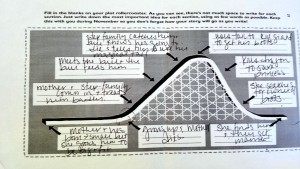 Let’s go for a ride! Get ready for the bumpy ride ahead! Show us the plot outline of your story.
Let’s go for a ride! Get ready for the bumpy ride ahead! Show us the plot outline of your story.
BOUNTY HUNTER! The culprit must be caught! Who’s the bad guy in the story? Prepare a “wanted” ad to help the authorities catch that cold-hearted villain!
What is the overall theme or lesson of this Cinderella story version? Be ready to back it up.
SNAPSHOT! Fairygram that key point of the story where the theme/lesson is revealed.
CENTER 5: GET CREATIVE!
Use craft sticks to make puppets!
*** Glue leftover popsicle sticks together to make a mini puppet area. Use a piece of fabric for curtains and you can put on a show anywhere.
How can this story relate to our lives today? Adapt your story and theme to the 21st century and get ready to teach the class a lesson. Prepare a five-minute skit (“mini play”) for the class.
10th — Science
In 10th grade chemistry, the learning target of this lesson was “I can demonstrate what I have learned about the properties of water by employing the proper vocabulary to explain what happens in every situation at every station.” (Our Science teacher prefers the word “station” to “centers”)
Students began class with an entrance slip in which they defined capillary action in one sentence in their own words. Then, in the mini-lesson, they reviewed the key words they’d encountered so far (cohesion, adhesion, capillary action, ions, polarity, diffusion, osmosis, and surface tension). They then rotated through four centers, spending about 10 minutes at each, using the list of words above to describe what was happening at each center.
STATION 1
 STATION 2
STATION 2
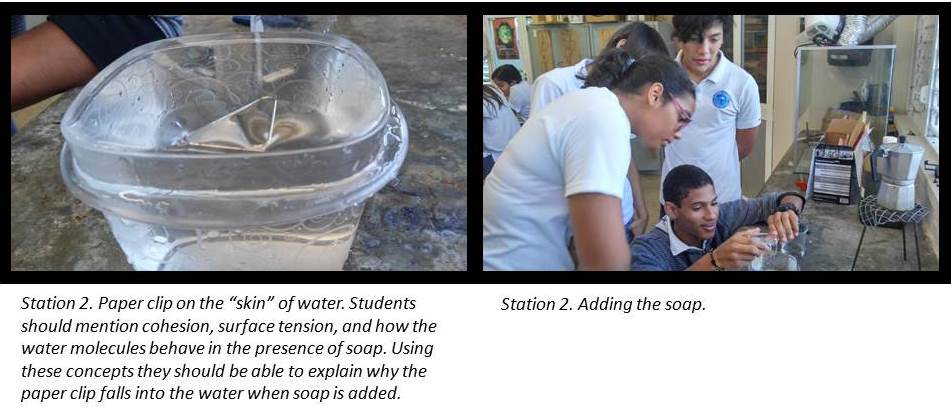
STATION 3
STATION 4
These are just a couple of examples of how teachers use centers at the secondary level. It might seem difficult to put these together, but there are great resources and examples online that teachers can use. For example, in her centers Omaura uses resources from readwritethink.org, education.com and Ms.G’s Room. They’re not much different than whole group assignments — but there’s something magical about moving from station to station and working independently, which students enjoy. They do far better work than when they all work on the same assignment, and the teacher is free to guide and support them. I’m not sure why centers are so effective (maybe because the adolescent brain thrives on change?) but they’re definitely a great way to teach.
If you use centers in your class, I’d love to hear about them in the comments.

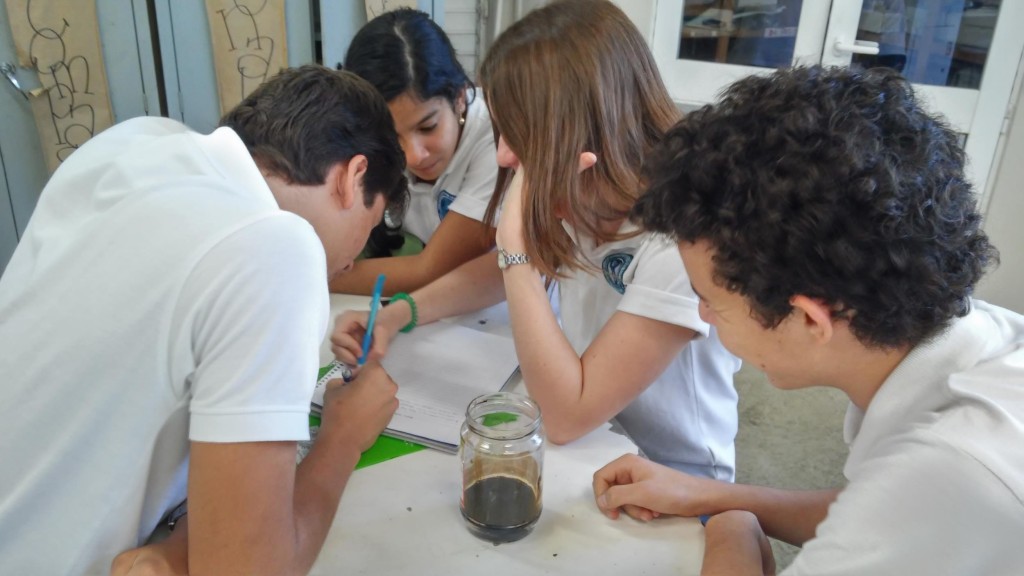
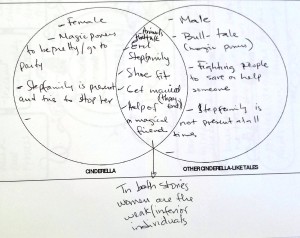
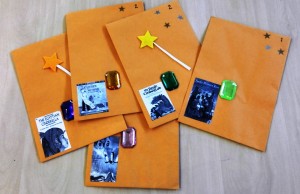
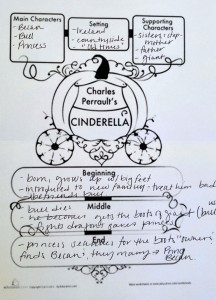
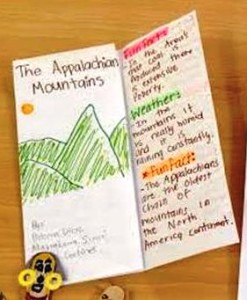
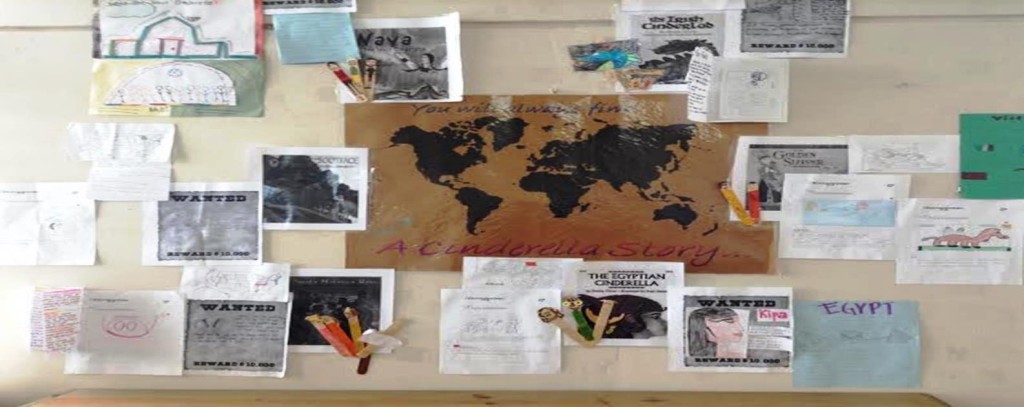
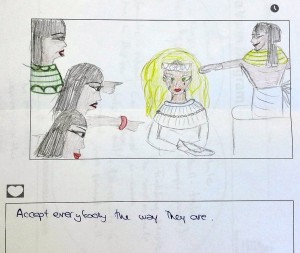
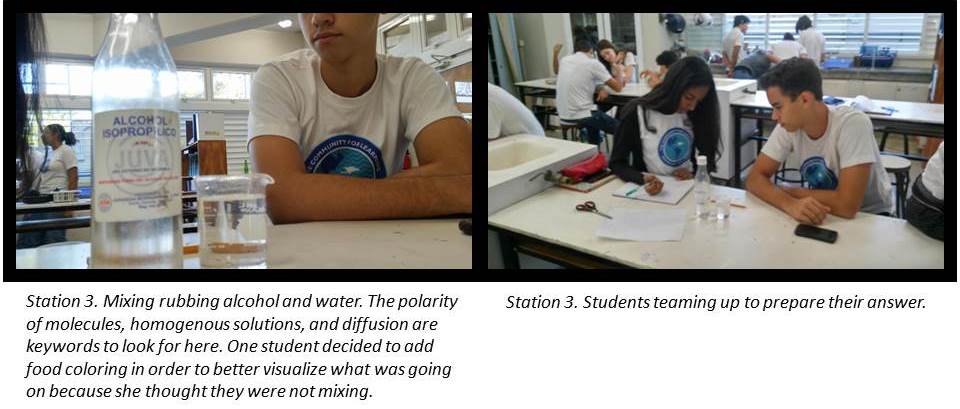
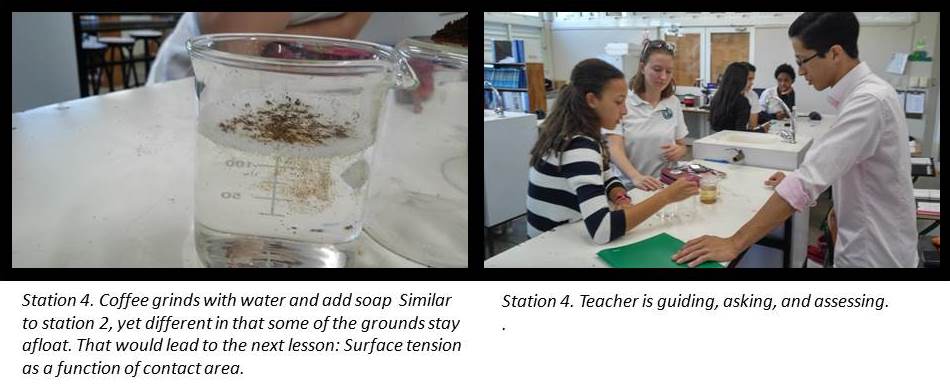
Fantastic article! As I read it, I kept saying “We do this at my high school!” and yet we never use the term “Centers.” It’s so essential that teachers at every level do whatever it takes…gallery walks, discovery/problem stations, round-robin labs, focused collaborative groups, etc. to ensure engaging, student-centered activities that are the norm and not the exception. This also reminds me as a secondary teacher that I can indeed learn from my elementary and middle school colleagues. Thanks, Carla, for that reminder! One size fits all is never a best practice!
Ben, thank you for reading this post. Your comment made me reflect on the fact that one of the problems we face in education is that we use different terms for the same things, causing a fair bit of confusion and miscommunication. When prospective parents visit our school and ask about our philosophy, I hate to label it (progressive, constructivist, alternative, etc) because I’m never sure what those terms mean to them. So, yes, our centers are simply student based activities where groups of students work on different activities rather than all doing the same thing. And there are so many ways to make that happen.